HURLBURT FIELD, Fla. —
The C-130J is an incredibly versatile aircraft, and since it’s creation, it’s landed on rough fields, in arctic locations and even an aircraft carrier Yet, it cannot land on water, which covers about 71% of the planet. As national strategic objectives shift focus to littoral regions, Air Force Special Operations Command is advancing new approaches to expand the multi-mission platform’s runway independence and expeditionary capacity.
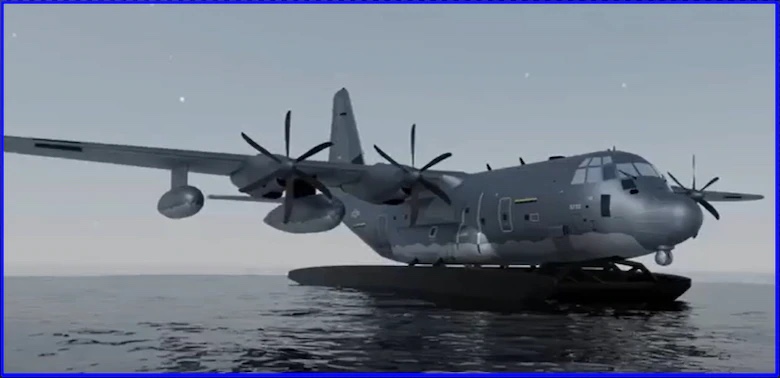
In partnership with the Air Force Research Lab’s Strategic Development Planning and Experimentation (AFRL-SDPE) directorate, AFSOC is developing an MC-130J Commando II Amphibious Capability (MAC) to improve the platform’s support of seaborne special operations. “The development of the MAC capability is the culmination of multiple lines of effort,” said Lt Col Josh Trantham, AFSOC Science, Systems, Technology, & Innovation (SST&I) Deputy Division Chief. “This capability allows the Air Force to increase placement and access for infiltration, exfiltration, and personnel recovery, as well as providing enhanced logistical capabilities for future competition and conflict.”
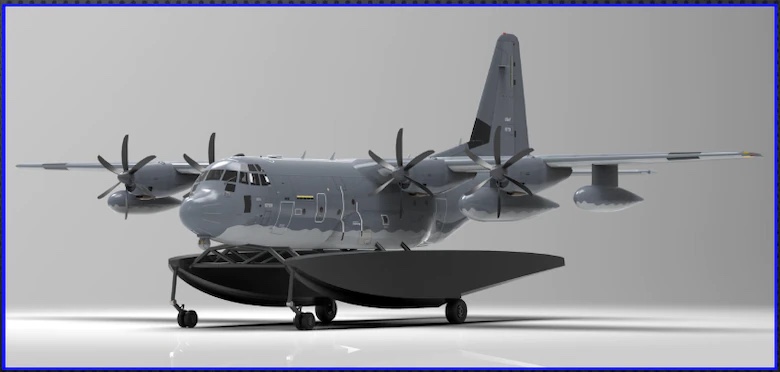
The development of a removable amphibious float modification for an MC-130J would enable “runway independent” operations, which, according to Trantham, would extend the global reach and survivability of the aircraft and Air Commandos. “Seaborne operations offer nearly unlimited water landing zones providing significant flexibility for the Joint Force,” Trantham said.
Utilizing the MAC capability may provide unlimited operational access to waterways to distribute forces if land assets are compromised.
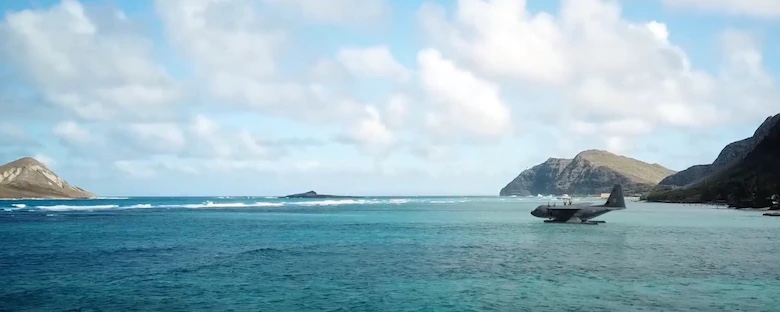
“MAC is vital to future success because it will allow for the dispersal of assets within a Joint Operations Area,” said Maj Kristen Cepak, AFSOC Technology Transition Branch Chief. “This diaspora complicates targeting of the aircraft by our adversaries and limits aircraft vulnerability at fixed locations.”
A task force of industry partners are closely collaborating with AFSOC and AFRL-SDPE to bring the vision to life. A five-phase rapid prototyping schedule will lead to an operational capability demonstration in only 17 months while de-risking the concept for a future potential MAC program of record that could field MAC for MC-130Js but also potentially field a similar amphibious capability for other C-130 variants with only minor variations.
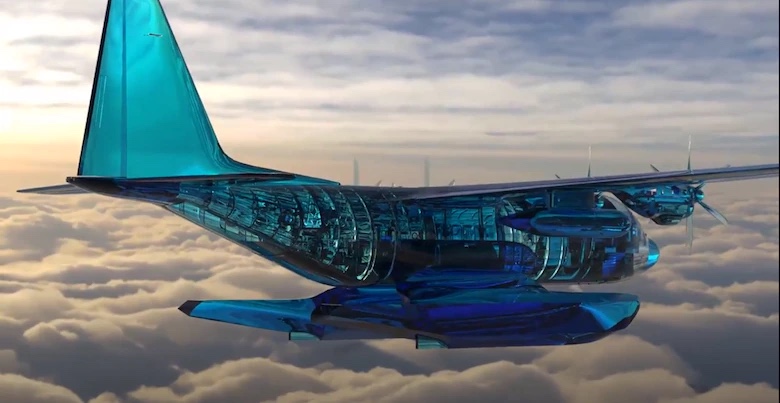
AFSOC and private sector counterparts are currently testing MAC prototypes through digital design, virtual reality modeling (VR), and computer-aided designs (CAD) in a virtual setting known as the Digital Proving Ground (DPG), paving the way for digital simulation, testing, and the use of advanced manufacturing for rapid prototyping and physical prototype testing.
According to Trantham and Cepak, the DPG can deliver mission review, aircraft system analysis, design ideation, engineering risk-reduction, virtual reality, concept imagery, feasibility studies, and other deliverables.
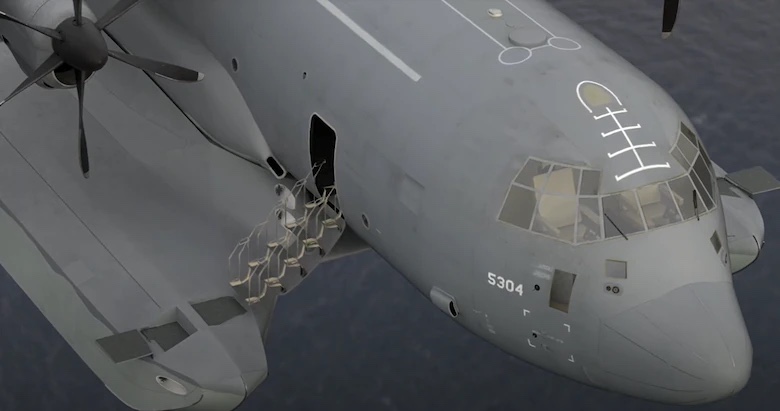
“Being able to experiment with existing technology to evaluate design tradeoffs and test a new system before ever bending metal is a game-changer,” Cepak said. “AFSOC is evolving and experimenting in a smart way to reduce technical risk and deliver capability to the field more rapidly and efficiently than before.”
According to Trantham, while the MAC project demonstrates rapid capability development for AFSOC, the Air Force and the Total Force will also benefit.
“We believe MAC will be able to be used by our sister services, allies, and partners on various C-130 platforms,” he said. “Further, expanding the operational use of an amphibious aircraft alongside other innovative tools will provide even more complex dilemmas in future battlespaces for our strategic competitors.”
By SSgt Brandon Esau, AFSOC Public Affairs


I’m all in favor of “providing even more complex dilemmas in future battlespaces for our strategic competitors”. I can even get behind “confusing the enemy”.
Well would you look at that, Howard Hughes Hercules has finally made it.
This is an interesting idea that’s been kicking around since the 1960’s:
https://www.secretprojects.co.uk/threads/lockheed-c-130-hercules-seaplane-amphibious-versions.26090/
It’s an interesting concept . I know they’re looking for the adaptability and flexibility the add-on kit would offer , but there was also a flying boat concept based on the 130 . I can’t help but think of the Martin Mars – those planes were flying in the last decade after being built in the 40’s, each one was named like a ship they’re so big! The War Zone has a pretty good run down on some of the options that have been proposed in the past.
“providing even more complex dilemmas in future battlespaces for our strategic competitors”.
utter gibberish, the US must have air dominance for the slow defensless pig of a C130 to fly.
Hell, the gunships wouldn’t stay after the sun comes up in OEF.. so not even air dominance is enough.
Not presenting any dilemas except for pilots who are now supposed to majically have pro surfer level judgement.
Bag of fail. I wonder how many actual pilots think this is a good idea. Or maybe the mfgr hoping to replace airframes after they cartwheel on trying to land.
Two words…General Slife.
Reading his bio, is it common to come right out of flight school and be immediately assigned as an instructor pilot at the school house? Before getting an assignment and gaining any experience? It seems like first graders teaching the kindergarteners to me? I googled IP and what I read said that in jets, IP was a prestigious post only achieved after several years experience and those in those positions were considered the best of their seasoned peers. His bio reads that Slife got his wings one month and was instructing unqualified pilots the following month.
First tour instructor pilots are known as FAIPs (First Assignment Instructor Pilots) in the Air Force, and SERGRADs (Selected Retained Graduates) in the Navy and Marine Corps. It’s not standard practice, but it’s also not uncommon to roll graduates from the top 1/3 of the graduating class into an IP role based on senior pilot availability, or delays in FRS/RTU follow-on training.
There are some events that will only be scheduled with senior instructor pilots, and other events that can easily be handled by a recently winged aviator with above average skills.
If then Lt. Slife was picked as a FAIP, he was very likely an above average pilot.
Their called FAIPs First Assignment Instructor Pilots. Way to get lots of hours, but no operational experience.
“Bag of fail” – love it!
There have been and there still are a lot of seaplnes that regualrly land and take off in water. Though I don’t know how good the Herc ist going to do this. And you do not have to land in the ocean. There are lots of rivers and lakes around the world that can be used and those have less sea state certainly than the open ocean. And each offers a landing strip for free and is for sure safer than a random patch of open pasture behind enemy lines that cannot be scouted before landing.